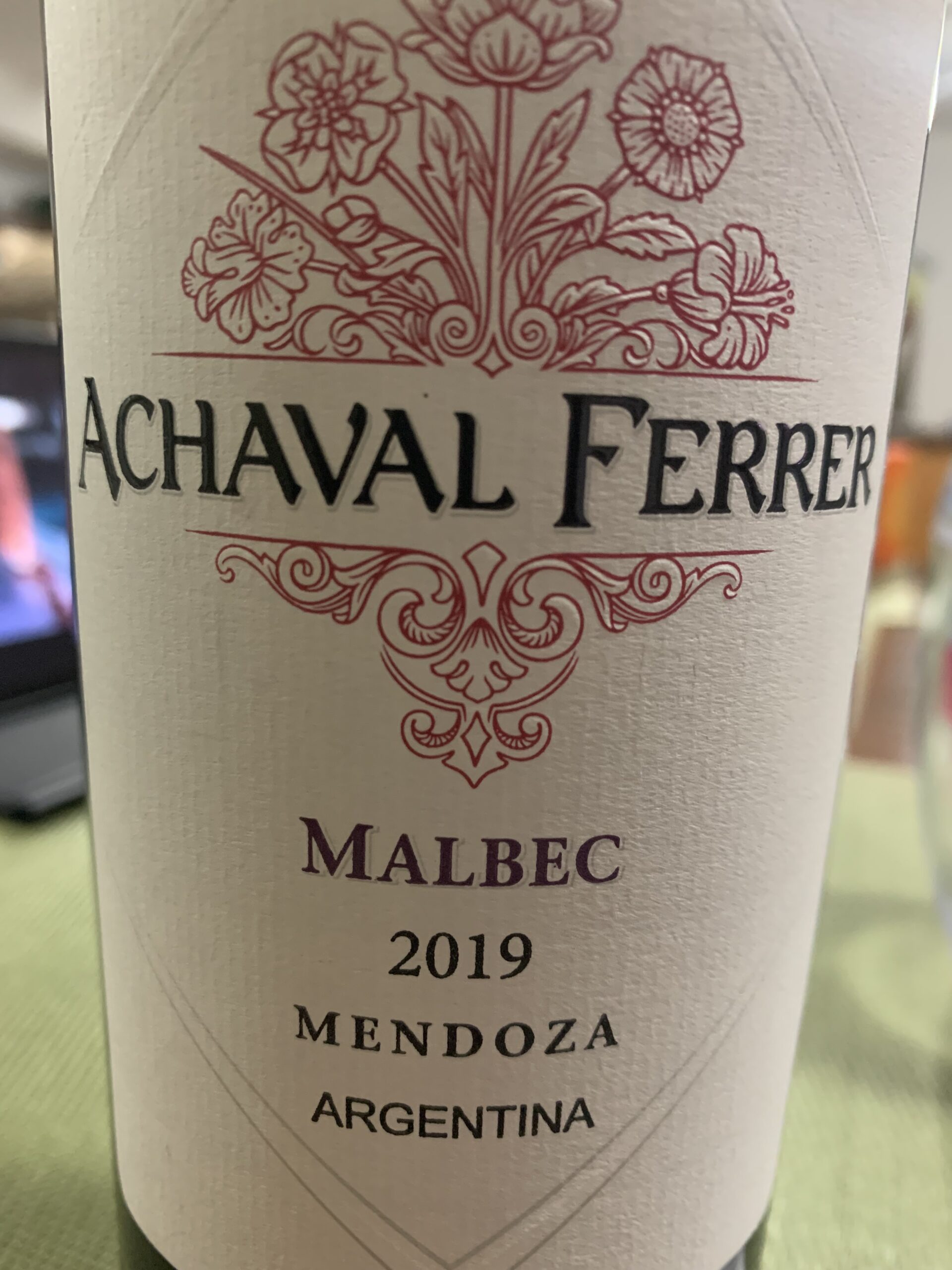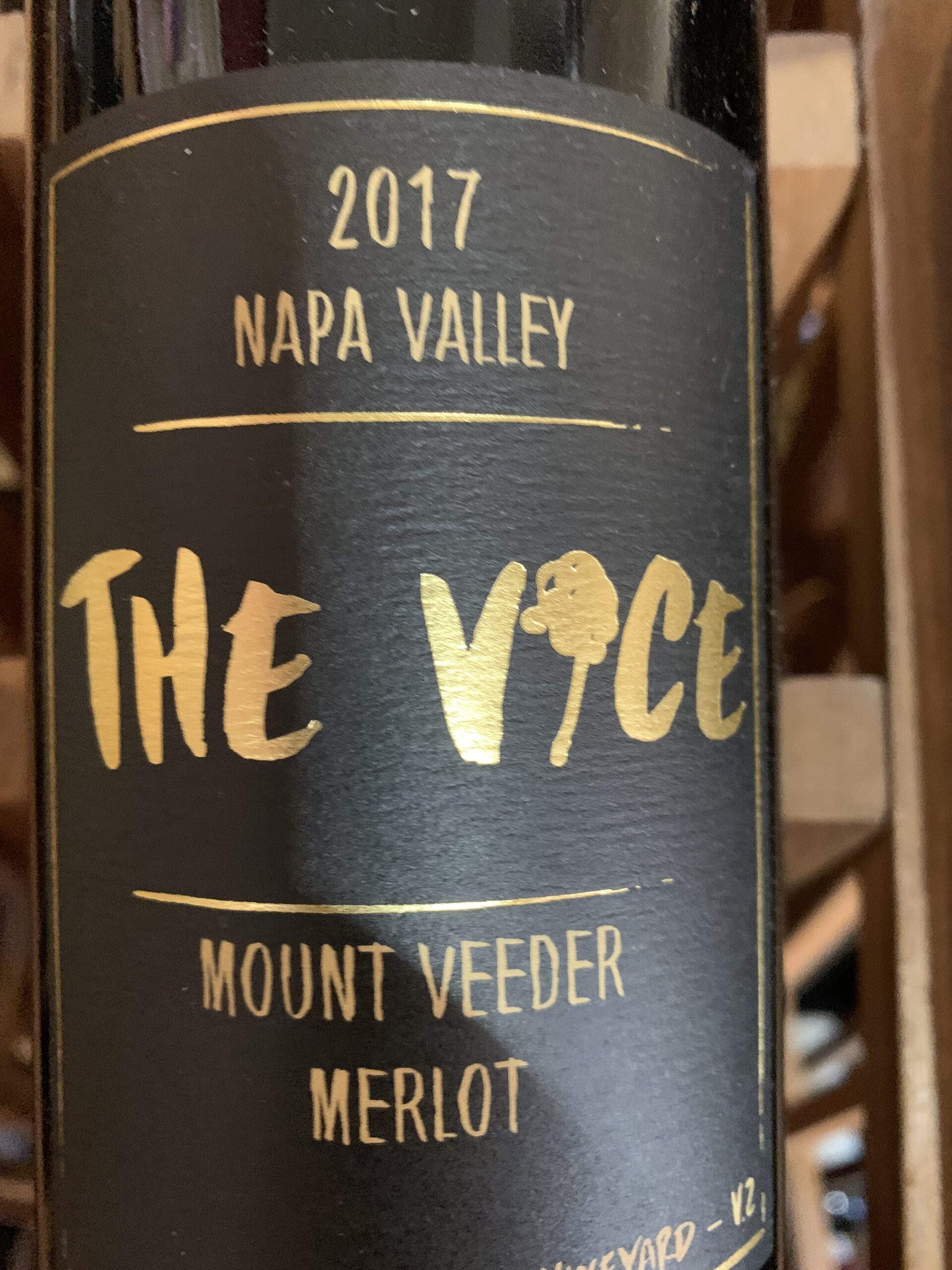Whitehall Lane Cabernet Sauvignon 2012 Whitehall Lane was founded in 1979 but the history of the soil cultivation dates back two centuries. In the mid 1800’s, Napa Valley settlers were drawn to the deep, loamy soils and ideal climate, planting high quality grape vines at the Whitehall Lane Winery site. A barn constructed in the early 1900’s for equipment storage is still used today. In 1979, two brothers started the winery and directed their winemaking efforts successfully to Merlot and Cabernet Sauvignon. They named the winery after the road that runs along the south border of the property, Whitehall Lane. In 1993, the Leonardini Family of San Francisco took control…
-
-
Spring Mountain Elivette 2009 Spring Mountain Vineyard is an 845-acre estate on the eastern slopes of Spring Mountain in Napa Valley. Only 225 acres of the estate are planted to vine, representing 135 discrete hillside vineyard blocks with many soil types, exposures, and microclimates. A substantial portion of the vineyard is planted in densities of over 4,000 vines per acre and trained to the ancient “gobelet form”, a vertical method invented by the Romans. Originally four contiguous 19th century vineyards, Miravalle, Alba, Chevalier and La Perla are now one vineyard producing exclusively estate grown wines. I wanted a special Cabernet so I reached for Spring Mountain Vineyard’s Elivette 2009 Cabernet…
-
Jordan Cabernet Sauvignon 2008 In 1972, Tom and Sally Jordan, a young couple from Colorado who shared a passion for French food and wine, followed their hearts to California’s wine country. When the two married in 1959, they dreamed of being vintners together. They drank virtually only French wines, enjoyed French food that Sally diligently learned to cook, and traveled throughout France, wining and dining their way through every region. In the 1950s there weren’t any restaurants of note in their home town of Denver, so the Jordans either traveled abroad or entertained at home for culinary experiences. The two knew a winery would one day be in their future,…
-
Benziger 2005 Tribute A while ago I attended a wine tasting featuring Benziger Wines hosted by my favorite wine shop, Stew Leonard’s Wines. Kathy Benziger poured some of her Family’s wines. They were outstanding, but let me tell you something about the Benziger Winery. To begin with, Benziger’s entire portfolio of wine is certified sustainable, organic or Biodynamic. Not because they want to be known as “the green winery,” but because their experience has shown that great wine has green values, good for the earth and the vine, good for the farm worker and the farmer, and good for the customers. Benziger has been growing grapes on Sonoma Mountain for close to…
-
Tenuta San Guido Guidalberto 2013 Not long ago I went to a tasting and tried the Tenuta San Guido wines. They offer three noteworthy reds, the famous Sassicaia and two additional labels; Guidalberto and LeDifese. LeDifese is a Cabernet Sauvignon and Sangiovese blend and has been produced by the winery since 2003. LeDifese is their lowest priced wine and is an excellent offering, however today I will be commenting on the 2013 Guidalberto, their second label to Sassicaia. If Mario Incisa, creator of Sassicaia, was inspired by his great-uncle Leopoldo Incisa della Rocchetta, then his son Nicolò, director of Tenuta San Guido since forty years, has been motivated by Guidalberto…
-
Chateau d’Armailhac 2009 The existence of Château d’Armailhac dates back to the late 17th century, as evidenced in a land register from 1680 which mentions the brothers Dominique and Guilhem Armailhacq, owners of parcels of land in Pauillac. Another land register from 1750 notes that their descendants have “planted with vines” the family estate, covering 15 to 16 hectares (37-39 acres). By the end of the 18th century the estate has grown to 52 hectares (128 acres) but the brokers of the time describe its wine as “disappointingly thin”. Throughout the following century, Mouton d’Armailhacq’s owners work unceasingly to improve its quality, using techniques such as topping-up, running-off, barrel disinfection…
-
Grgich Hills Estate 2010 Cabernet Sauvignon Grgich Hills Estate is an iconic Napa Valley winery, consistently producing wines of the highest quality. Vintners Hall of Fame inductee Miljenko “Mike” Grgich first earned world-wide recognition when the 1973 Chateau Montelena Chardonnay he crafted won the 1976 Paris Tasting, beating the best of France and revolutionizing the wine world. Mike then partnered with Austin Hills to open their family owned and operated winery in 1977. Committed to natural winegrowing and sustainability, Grgich farms five estate vineyards without artificial pesticides or herbicides, rely on wild yeast fermentation and use passion and art to handcraft food-friendly, balanced and elegant wines. I just found this…
-
Chateau Gloria 2008 Saint-Julien Created by Henri Martin, Chateau Gloria, is the only one of its kind as this 50-hectare vineyard was put together piece-by-piece over a number of years, through the purchase of plots exclusively from grands crus classified in 1855. The origin of the terroirs, the care taken over the growing and the vinification all help to explain its world-renowned quality. A vineyard covering 50 hectares, with an average vine age of 40 years, spread across three areas, in the middle of Beychevelle and then in the west and the north of the appellation (bordering Pauillac) on soil made up of Gunzian gravel covering a layer of clay…
-
Chateau Palmer 2006 Alter Ego In 1938, four Bordeaux families – Sichel, Mähler-Besse, Ginestet, and Miailhe – all active in the Bordeaux fine wine trade – joined together to buy Palmer and restore it to the rank it deserved. Two of these families have since left the estate, leaving the Sichel and the Mähler-Besse families at the helm. Since their acquisition of Château Palmer, the families of shareholders have applied single-mindedly the key principles that contributed to the prosperity of this great wine: authenticity, quality and constancy. Originally from the Netherlands, the Mälher family were successful in the textile and the wine business. Having settled in Bordeaux with his wife…
-
Chateau De Sales 2009 Pomerol Chateau de Sales, situated in the Right Bank appellation of Pomerol, is an estate with a long and prestigious history. Owned by the same family for over 500 years, the chateau is the largest in Pomerol with 47 hectares of vines. The soil of Chateau de Sales is characterized by an omnipresence of iron oxide, called “crasse de fer” locally, which gives the wine a distinct personality. The majority of aging for Chateau de Sales wines takes place in traditional concrete tanks, spending only 6 months in oak barrels, to preserve the wine’s qualities of freshness, fruitiness and terroir expression. Chateau de Sales has been…


